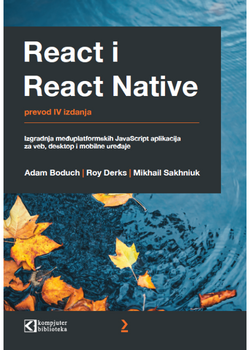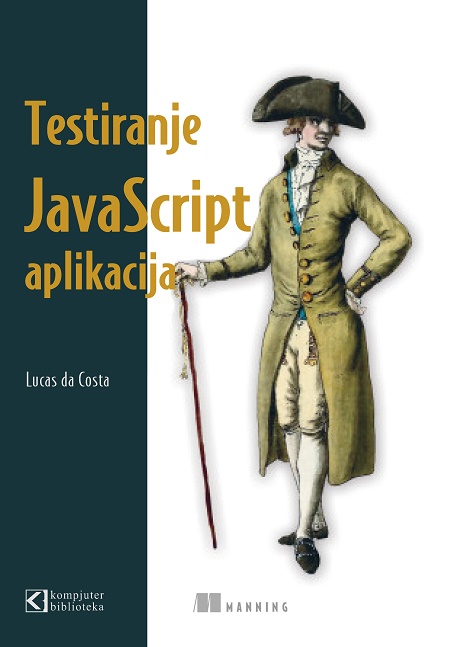

There are several Java Web Frameworks available for Java web developers. In this article, we’re going to review the 10 best Java Web Frameworks for 2017. But first, let’s define a web application framework.
A web application framework (WAF) or web framework (WF) is a software framework. It is essential for the development of different web applications, such as web resources, web APIs, and web services. Web framework can alleviate the overhead linked to everyday activities performed during web development. For instance, various web frameworks offer libraries for template frameworks, libraries for easy access to database and session administration. They frequently promote the reuse of code. They may target development and design of dynamic websites. They apply to static websites. If you want to learn about the best Java web frameworks, here are the 10 Best Java Web Frameworks for 2017:
The Spring MVC framework is designed as a layered J2EE/Java framework integrating specially applied sciences. It is appropriate for a broad range of ingenuities. After its design and expansion, Spring MVC embraced numerous changes to become a full-scale framework Java for Internet applications. It offers a useful toolkit for development and configuration of web applications. You can use it for your security projects. Spring is famous among programmers for its well-developed ecosystem. It has numerous add-ons, such as SOAP services, REST APIs, and security authentication.
Pros:
Spring is one of the best Java frameworks, and it has various qualities:
Cons:
Along with pros, here are some cons of Spring web MVC framework:
JSF is a net utility framework of Java, and it got Oracle’s support. This framework may not be the best framework for Java development, but it is easy to utilize because of documentation supplied by Oracle. Moreover, if you want EE environment Java, there will be no extra dependency on JSF. Tools and rich libraries become a beautiful magic wand that may back you up to the complexity of an application. JSF uses server pages of Java and can support different technologies of Facelets and XUL.
Pro:
Con:
Struts makes the list our list of Best Java Web Frameworks for 2017. Struts is a Framework to develop the base of the web application. This framework is a set of interfaces and classes that co-operate to solve the problems of a particular type. It functions on MVC (Model-View-Controller) pattern. Struts 2 is equipped with a net framework for numerous Java applications. It is the result of mixed effort from various supporting communities. Unlike conventional functions of the internet, it can create dynamic responses.
Pros:
Cons:
While talking about the best Java web frameworks, Hibernate ORM can’t be ignored. Hibernate is an essential object-relation mapping device for programming language Java. It offers a mapping framework for a domain model (object-oriented) to one relational database. Hibernate can solve the object-relational impedance incongruity problems by substituting persistent and direct database with high-level object controlling functions. It is free software distributed under public 2.1 License of GNU Lesser General.
Pros:
Cons:
GWT (Google Web Toolkit) is an open source tool set that enables web developers to maintain and create complex JavaScript front-end applications. Other than some native libraries, the whole thing in JavaSource can be built on a supported platform with integrated GWT Ant construct files. The application is licensed under Apache License 2.0 version. Google web toolkit highlights reusable approaches to common tasks of web development, namely cross-browser portability, internationalization, UI abstraction, bookmarking, history management, remote procedure calls and asynchronous.
Pros:
Cons:
Play framework makes it easy for you to build web applications with Scala and Java. It is based on stateless, web-friendly and lightweight architecture. It is constructed on Akka and provides minimal and predictable resource consumption (threads, memory, and CPU) for highly-scalable applications. The play framework is friendly for developers to make changes with text editor and browser. Play utilizes a fully asynchronous model designed on the top of Akka. Furthermore, although being stateless it scales predictably. Play was designed for needs of modern mobile and web applications.
Pros:
Cons:
Vaadin framework and elements are open source Apache licensed Java web application projects with an active worldwide community. It is a good framework for internet applications and contrast to browser-plugin and JavaScript libraries based solution; it features server-side architecture. Ajax technology can run on browser-side to ensure interactive and rich user experience. The Vaadin framework can be extended with GWT.
Pros:
Cons:
Grails is another useful 10 Best Java Web Frameworks on the Java platform meant to multiply the productivity of Java web developers towards convention-over-configuration, opinionated APIs, and sensible defaults. It assimilates smoothly with JVM (Java Virtual Machine) and enables you to immediately become productive while providing powerful features, including asynchronous programming, Compile-time meta-programming, run-time and domain-specific languages. You can transparently and seamlessly inter-operate and integrate with Java, Java EE containers, and JVM.
Pros:
Cons:
Apache Wicket is also known as Wicket, and it is among the 10 Best Java Web Frameworks. It is an open source, server-side, component oriented and Java application framework. If you are using Wicket, there is no need to have distorted HTML pages. The Java framework require the insertion of special syntax to HTML code which is easy for for website designers. Wicket espouses HTML templates with the use of namespace that follows XHTML standard.
Pros:
Cons:
Vert.x is an appropriate polyglot event-driven app framework that runs on the Java Virtual Machine (JVM). Eclipse Vert.x is non-blocking and event-driven to handle lots of concurrency with the help of kernel threads. It helps your app to scale with negligible hardware easily. It is easy to use Vert.x with numerous languages, such as Ceylon, Ruby, Groovy, JavaScript, and Java thus you may choose the language on the basis of your project and team skills set.
Pros:
Cons:
© Sva prava pridržana, Kompjuter biblioteka, Beograd, Obalskih radnika 4a, Telefon: +381 11 252 0 272 |
||